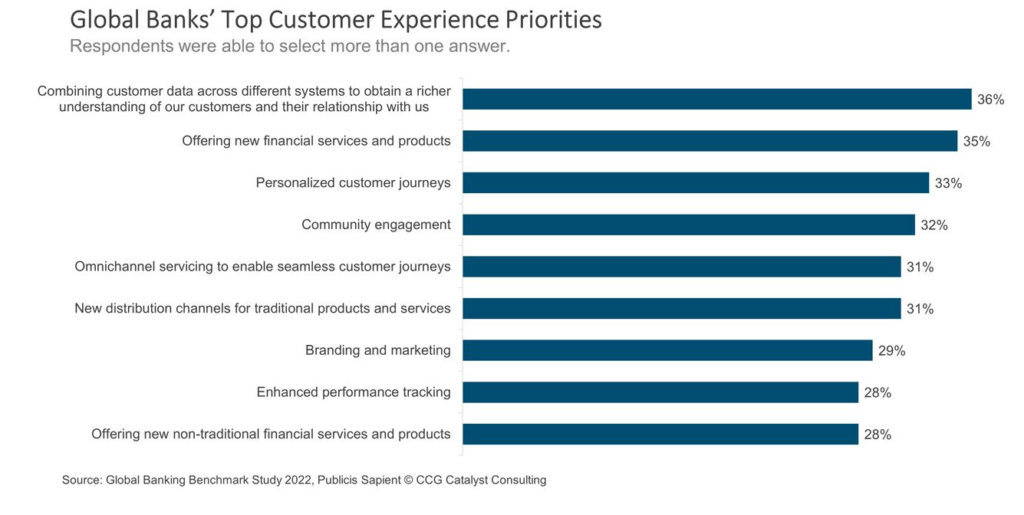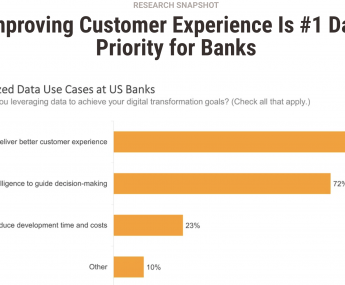
Customer Experience and Data
Data sits at the top of the list when it comes to banks’ customer experience priorities. We’ve talked about this before. But the way they are starting to think about that data is shaping up to be pretty interesting. According to Publicis Sapient’s Global Banking Benchmark Study 2022, the number one priority for these institutions globally is combining data from different systems to achieve a better understanding of their customers and their relationship with the bank. That is impressive, and extremely encouraging, because it speaks not to basic data analytics but to the development of well-defined data strategies capable of underpinning an entire organization.
There are many ways to use data, from simple insights to social media signals. However, it’s only a fully integrated data infrastructure capability that can really deliver the 360-degree view of the customer that everyone talks about — the ability to fully understand who your customers are and predict their needs. For example, can you identify a small- to mid-size (SMB) business deposit customer that may be a candidate for a line of credit based on their cash flow activity? Or, maybe, you have a retail client who also runs a business but isn’t banking with you for that entity — is there any opportunity there? In order to spot these possibilities, you need to be able to combine data from different systems in a way that makes it actionable.
However, while executives are clearly eager to get in the game on this, it’s not going to be easy. It’s a huge task to integrate systems in this way, especially legacy systems, and that’s likely to translate into analysis paralysis for many. Hard, though, does not mean impossible. In moving from contemplation to action, the goal should always be to get a strategy in place. A good strategy makes execution so much easier. And, to do that, you need talent and expertise. That’s the first step — look at the skills you need, and then work on getting them onboard. Yes, it’s challenging to win technical talent, but, as we’ve talked about recently, there are ways to do it. The truth is, it’s going to be nearly impossible to achieve what is necessary without the right expertise. Data is hard, and it requires people who know what they’re doing. Once you’ve got the right people, though, you can start to define what data means for your organization, how exactly you are going to leverage its power, and ultimately, what it will take to get there.
Reference: CCG Insights






